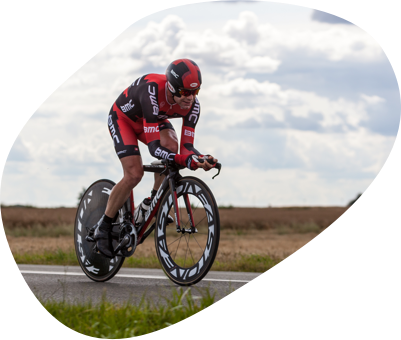Human muscles are composed of two different types of muscle fibers: fast and slow. The fast (white) fibers can generate bursts of speed and high power. The slow (red) fibers on the other hand have excellent endurance capacity.
On average, humans have an even distribution of both. Yet, some have a lot more fast fibers: they are born to excel in explosive sports. Others have mainly slow fibers, making them destined to become endurance athletes.
This muscle typology is largely genetically determined and is only to a small extent trainable. For developing athletes, muscle typology is therefore a telltale for sporting talent. For established athletes it’s valuable for individualizing training-recovery cycles, and thereby minimizing risk of muscle injuries and overreaching.


